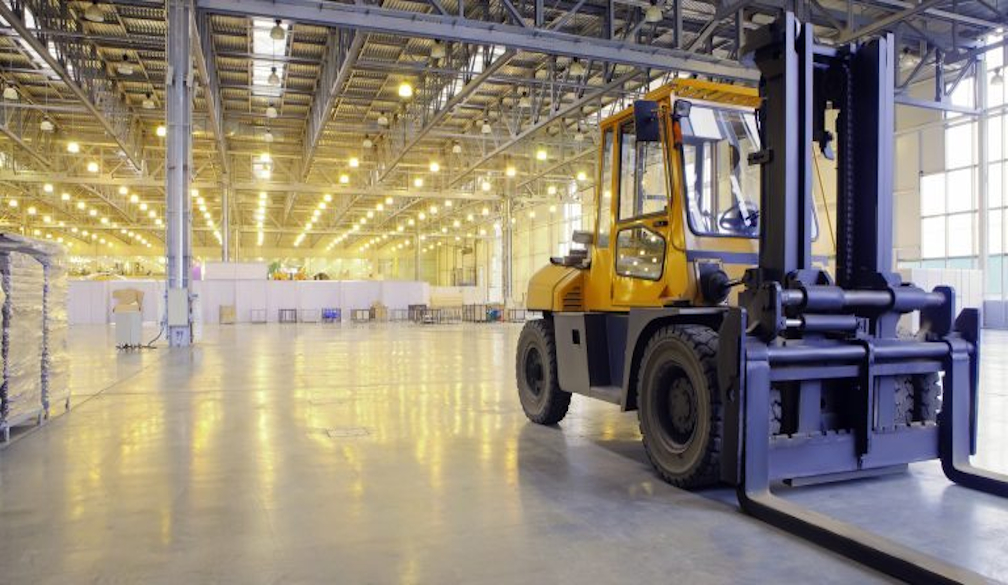The Role of Material Testing in Construction Safety

Material testing forms the backbone of the contemporary construction industry. It is a crucial process that ensures the materials used in building infrastructures are safe, durable, and structurally sound. Material testing encompasses various techniques and methodologies to evaluate the physical and chemical properties of materials before use in construction projects; Get in touch with GSS Group for expert testing services. This practice not only aids in upholding construction safety but also boosts confidence among stakeholders in the construction process. In this article, we delve into the significant role that material testing plays in enhancing construction safety and explore the advancements in this field.
Understanding Material Testing
Material testing is a scientific approach to understanding the properties of materials used in construction. It includes tests on concrete, steel, wood, and composites, providing insights into their strength, flexibility, durability, and resistance to various environmental conditions. This methodical examination ensures that only materials meeting the required standards are employed in construction projects. Independent Testing Australia is a prominent example of a facility where experts carry out rigorous material testing to ensure compliance with global and local standards, thereby fostering a safer construction environment.
Material testing not only verifies the quality of materials but also predicts their behavior under different stress conditions and over time. This proactive analysis helps in mitigating risks associated with material failure, which can lead to costly repairs, severe injuries, and even fatalities. As construction projects grow in complexity and scale, the role of material testing becomes ever more critical, necessitating an advanced understanding and implementation of these processes.
The Role of Material Testing in Construction Safety
A. Ensuring the strength and durability of materials
The primary goal of material testing in the context of construction safety is to ensure that all building materials possess the necessary strength and durability. This is critical as the integrity of a structure directly impacts its safety. Testing methods such as tensile strength, compression, and bending tests provide essential data that helps in determining how these materials will behave under the forces they will encounter in service. Ensuring the robustness of materials not only supports longevity but also enhances the safety of the structures.
B. Preventing construction failures and accidents
Material testing plays a pivotal role in preventing construction failures and accidents. By identifying potential material defects before they are utilized in construction, testing helps avoid the severe consequences of building collapses and other similar disasters. Through rigorous stress tests and simulations, engineers can ascertain the limits and capabilities of different materials, thus designing safer buildings that are capable of withstanding both expected and unforeseen challenges.
C. Compliance with construction standards and regulations
Compliance with construction standards and regulations is another crucial aspect facilitated by material testing. Construction materials must meet specific codes and standards which vary by region and the type of structure. Material testing ensures that every component complies with these legal and safety requirements, thus not only avoiding legal repercussions but also enhancing safety. Regular checks and audits further support this process, ensuring continual compliance and safety governance throughout the lifecycle of a building.
D. Impact of material quality on the lifespan of the structure
The quality of materials used in construction has a direct impact on the lifespan and maintenance needs of a structure. High-quality, well-tested materials enhance the durability and longevity of a building, reducing the need for frequent repairs and replacements that can disrupt building functionality and safety. Sustainable material testing is also becoming crucial in promoting environmental conservation and resilience against climate-related challenges, thus contributing to longer-lasting and safer buildings.
Material Testing and Construction Safety
The integration of material testing into construction projects is a critical safety measure that ensures structures are capable of performing under the stipulated demands throughout their intended lifespan. Implementing stringent material testing protocols helps in identifying material inconsistencies and properties that could potentially jeopardize the safety of the construction. This practice not only aids in achieving higher safety standards but also optimizes the performance and efficiency of the materials used.
Technological Advances in Material Testing
The evolution of technology has significantly enhanced the capabilities of material testing. Advanced techniques such as 3D imaging, ultrasonic testing, and digital simulations are now commonplace, offering more detailed and precise analyses of materials. These technological advancements allow for better prediction of material behavior and more effective identification of potential issues. As technology continues to evolve, the scope and accuracy of material testing are expected to improve, further enhancing construction safety.
Conclusion
Material testing is an indispensable component of the construction industry. Its role in ensuring the safety, compliance, and longevity of buildings cannot be overstated. As we continue to witness advancements in material science and testing technologies, the construction sector is set to benefit from even safer and more reliable building practices. By fostering strict adherence to material testing protocols, the industry can safeguard against structural failures and enhance the overall quality of construction projects, thereby ensuring the safety and well-being of all stakeholders involved.

